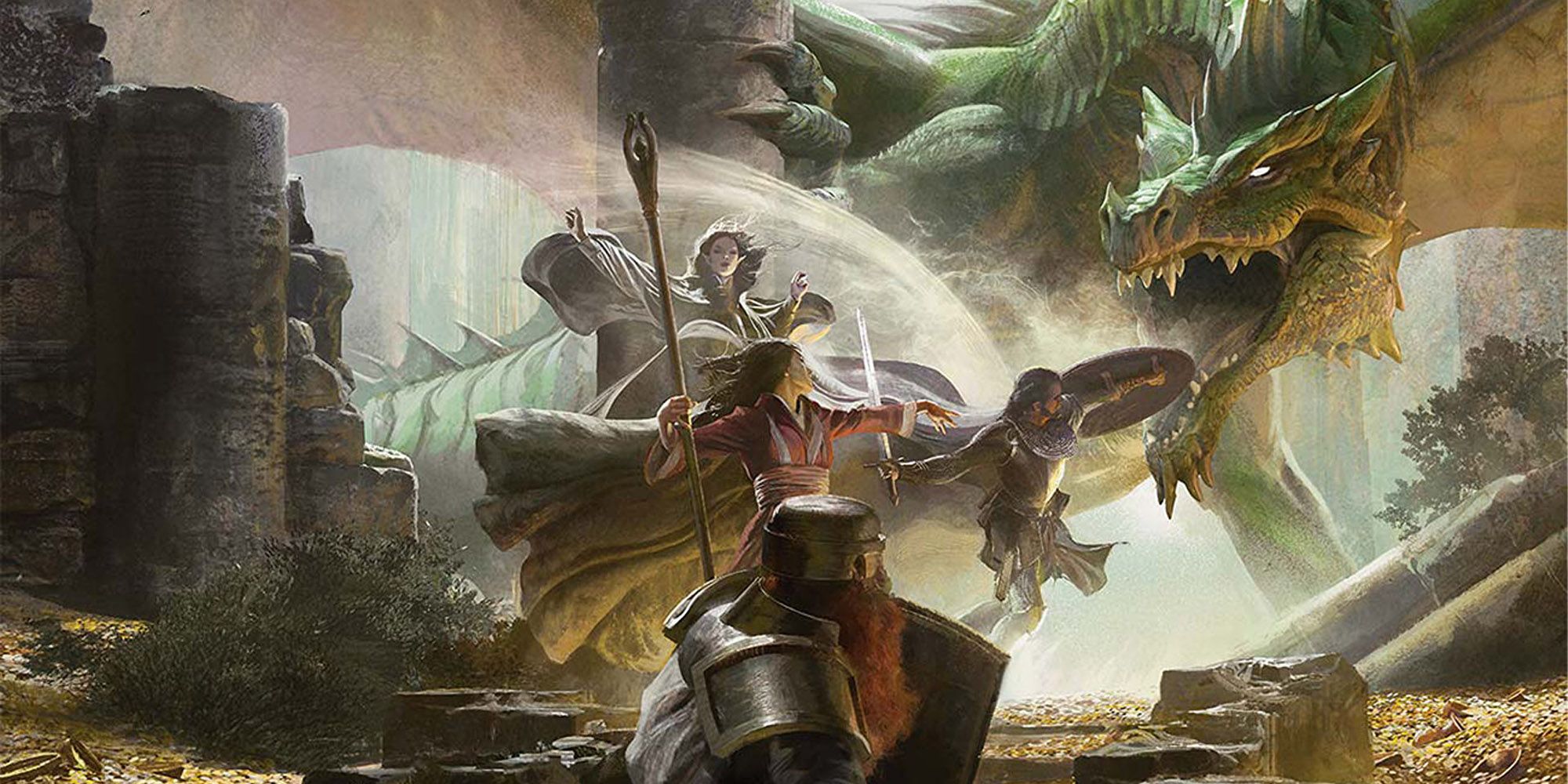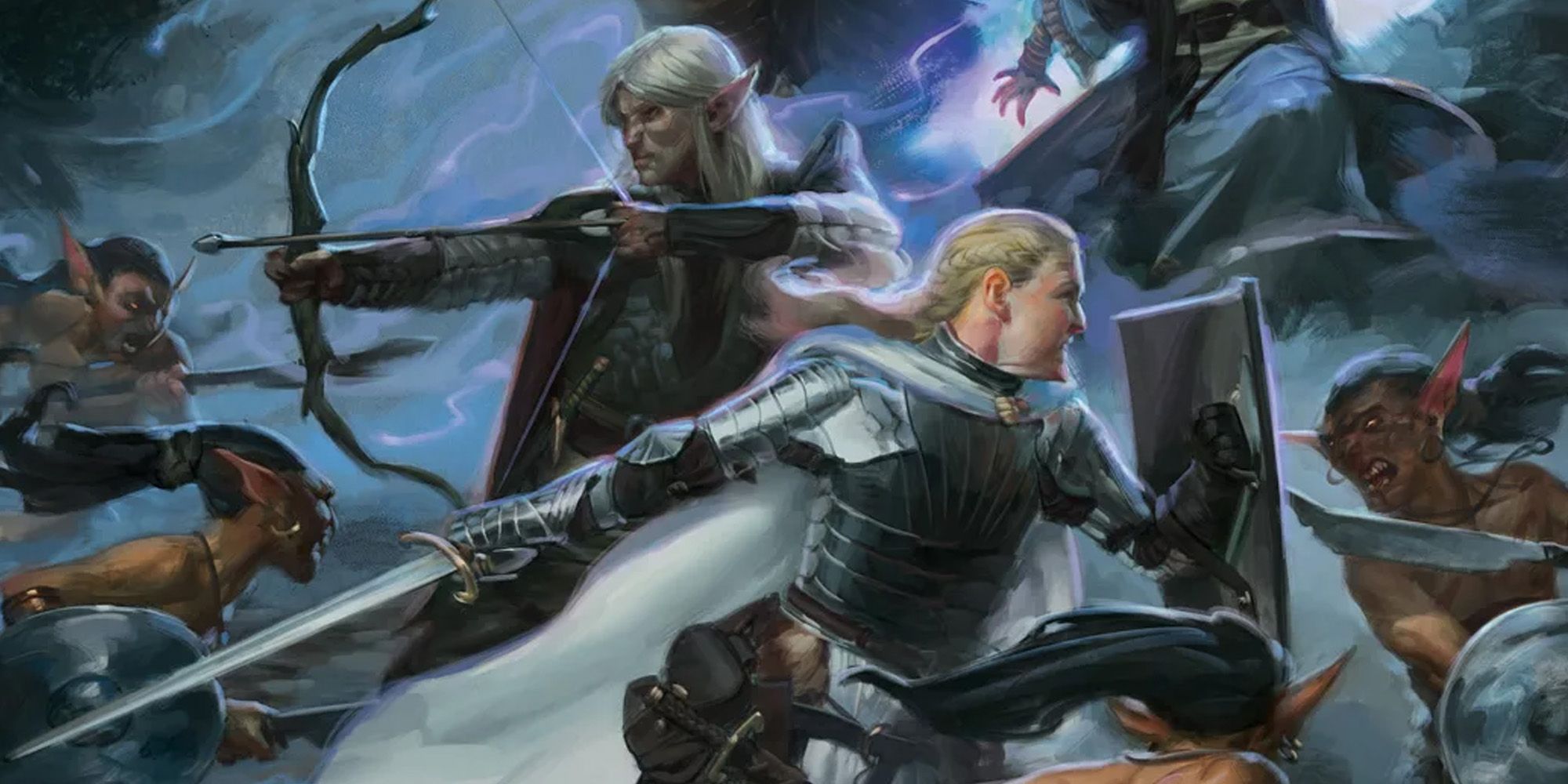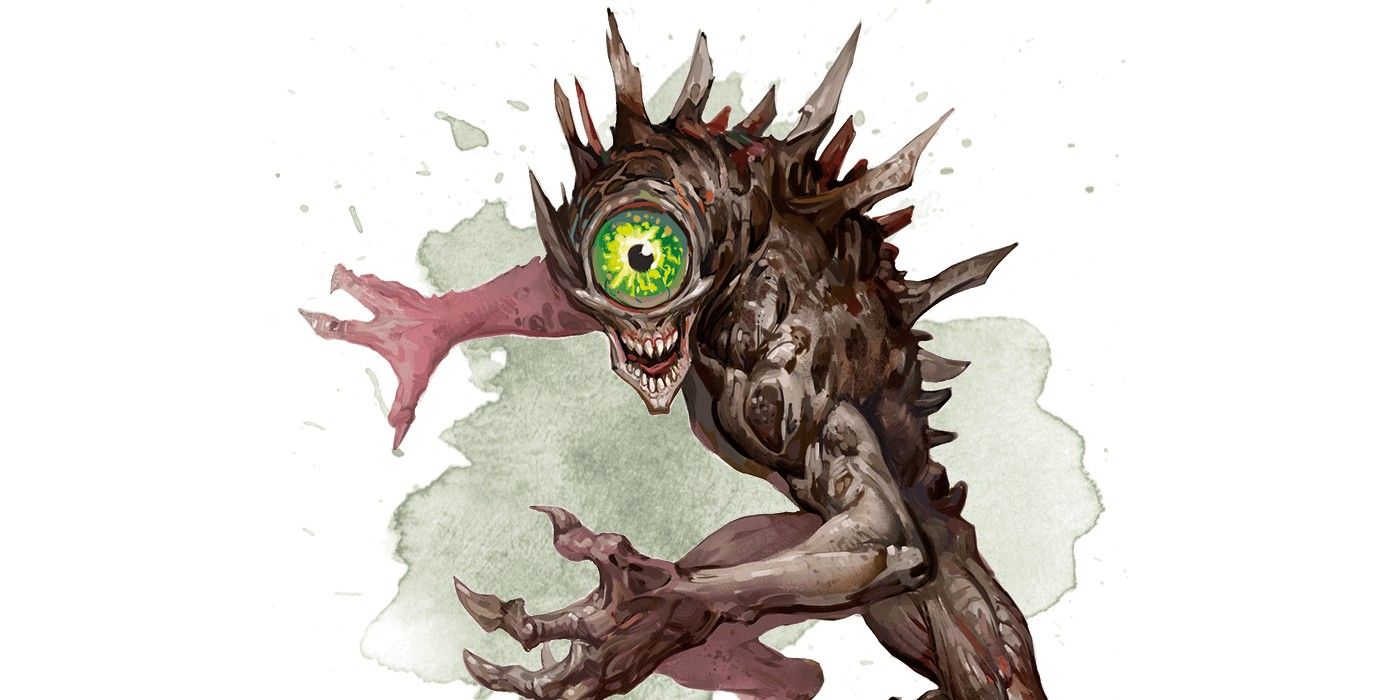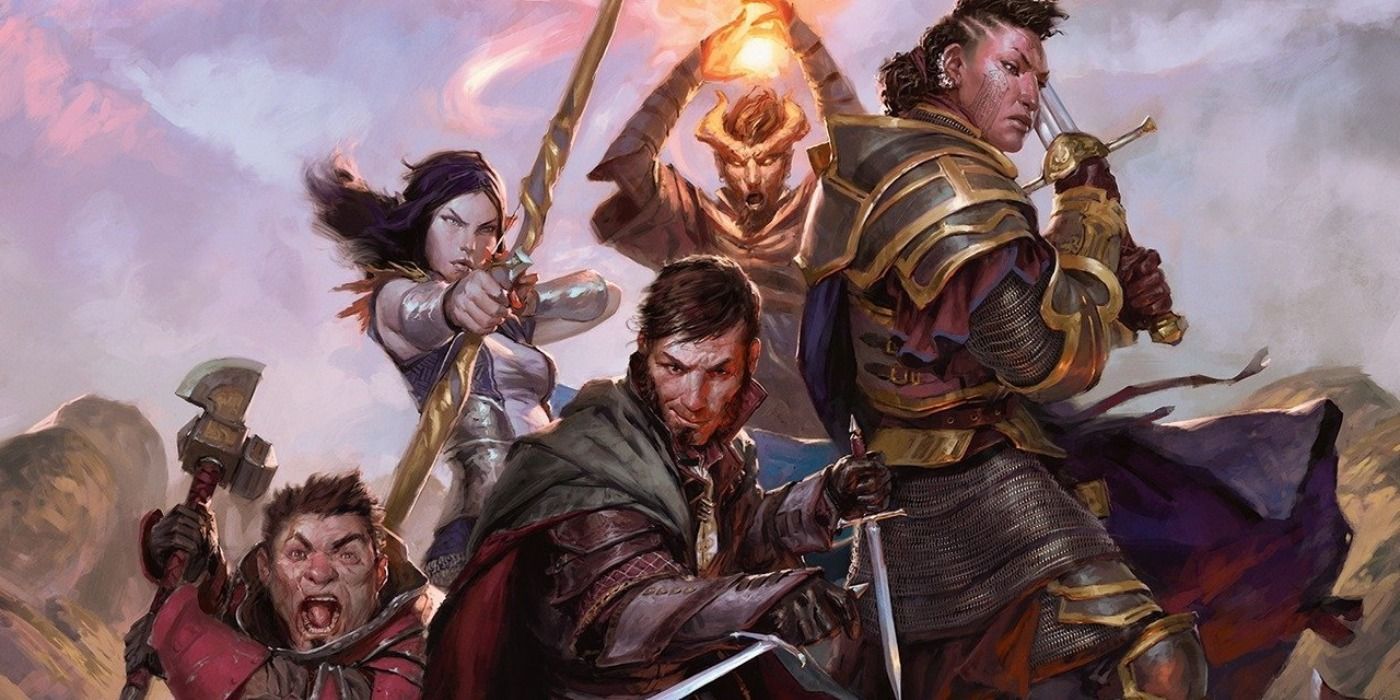
When starting out, the task of running a game of Dungeons & Dragons can be intimidating. This leads many novice Dungeon Masters to choose a pre-written adventure for their first campaign. The aid of an expertly-written book can reduce prep time and the mental overhead required to balance all the expectations of DMing, and they can still be customized to suit the table's tastes. Of those adventures, Lost Mine of Phandelver is front and center as a part of the Starter Set, meaning many DMs run it before moving on to other adventures.
A single adventure spanning levels one through four and split into four chapters, Lost Mine centers around the party's initially simple job to escort a wagon to the town of Phandalin. After dealing with a goblin ambush and learning that their benefactor has rediscovered the titular lost mine, the party will deal with bandits, uncover a conspiracy to take the magical mine by a mysterious puppetmaster and, finally, dive into the Wave Echo Cave itself to reclaim it.

Lost Mine of Phandelver is a decidedly simple adventure, with only a small number of factions to keep track of and a direct, straightforward set of goals every step of the way. As befits a starter set adventure, this makes it ideal for a new group of players. However, as one of the first adventures published for Fifth Edition, it does suffer from some balance issues.
For instance, the first few encounters -- before the players even move past level one -- are notoriously deadly. Even after the players have gained some power, they'll have to contend with an extraordinarily powerful green dragon in Chapter Three. While these are not inherently bad (and can actually present opportunities for DMs to come up with creative approaches to otherwise deadly encounters), the book does little to guide new DMs into anything but combat.
This means that Lost Mine is best suited for a group of new players who need a simple, straightforward introduction to D&D, but it works best in the hands of a DM who is comfortable tweaking the balance of encounters, guiding and encouraging players towards unorthodox and diplomatic solutions when outmatched, or both. While an experienced party could likely handle the entire adventure relatively easily, the target audience might wind up overwhelmed by difficult fights if the DM doesn't use their best judgment to lower the difficulty.

Lost Mine of Phandelver has several encounters that, while interesting, don't offer anything else to player who try to dig deeper. Between a power struggle for control of a goblin tribe, strange nothic in a bandit hideout and the dragon that might be driven off by the party, there are a few significant encounters that are never referenced again, even when it seems like there should be more payoff or foreshadowing involved.
Take, for instance, the dragon -- a challenge rating 8 creature being fought by a level three party. Despite serving as a major, potentially deadly, challenge, it simply exists with no ties to the greater story. If the party drives it away, it's never heard from again, and the adventure never addresses the possibility of speaking with it.
These dead-end encounters, many of which seem ripe for tying into the greater narrative, can be fixed easily enough by a DM skilled enough to alter the existing narrative. However, requiring such a skill in the first place is a bit of a detriment to its newcomer-friendly packaging. Still, Lost Mine functions well enough without weaving all of these dead ends back together, so long as players are satisfied with the encounters themselves.

Ideally,Lost Mine should be used as the first adventure in a long-running campaign. Between the possible escape of a vengeful green dragon, a huge monetary reward (including a percentage of the profits from the newly reopened mine) and even a map that the book encourages DMs to use as a hook for future adventures, this is intended to be a launching point for the party's further adventures. In this it excels, offering plenty of room for a DM to string together more published adventures or start writing their own homebrew content.
As long as the DM is wary of unintended difficulty spikes and is mindful in planting the seeds for further adventures, Lost Mine of Phandelver can be a phenomenal first foray into D&D. A simple, straightforward adventure with a satisfying conclusion is all the game needs to hook new players, and Lost Mine delivers that while still allowing for the further development of more complex adventures as the party and players both grow in experience.
0 Comments